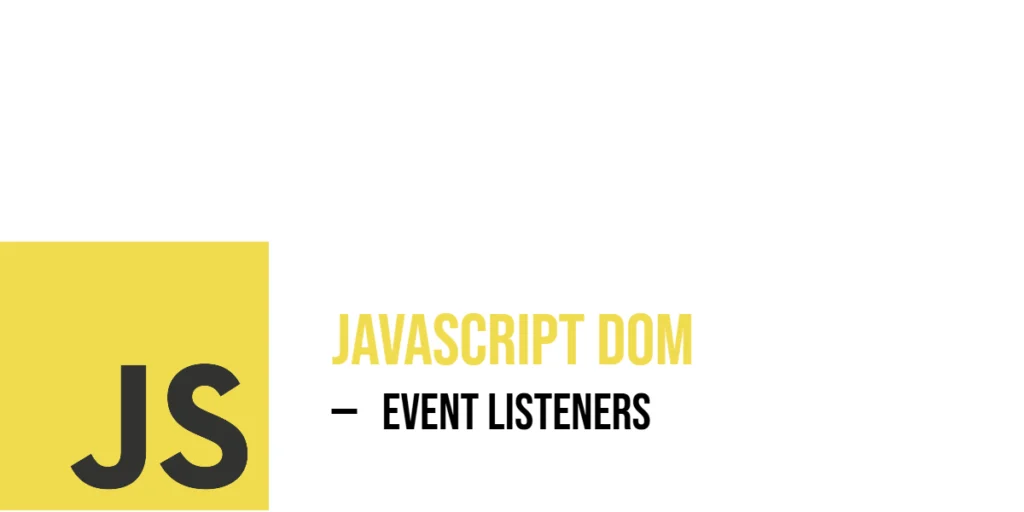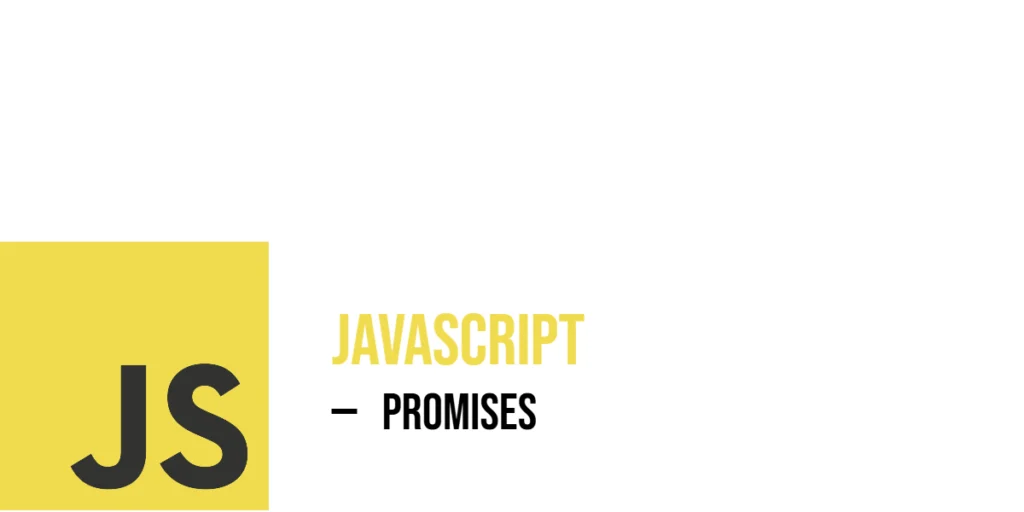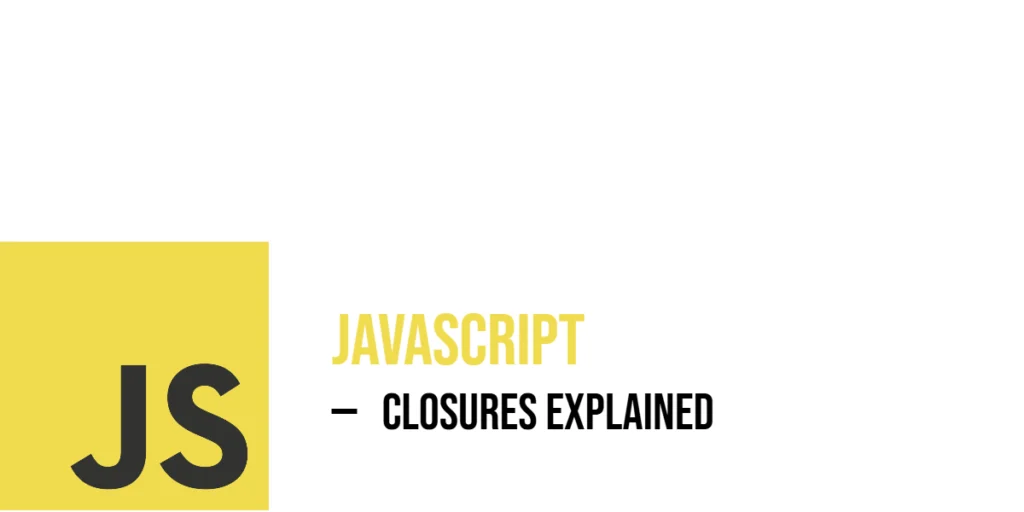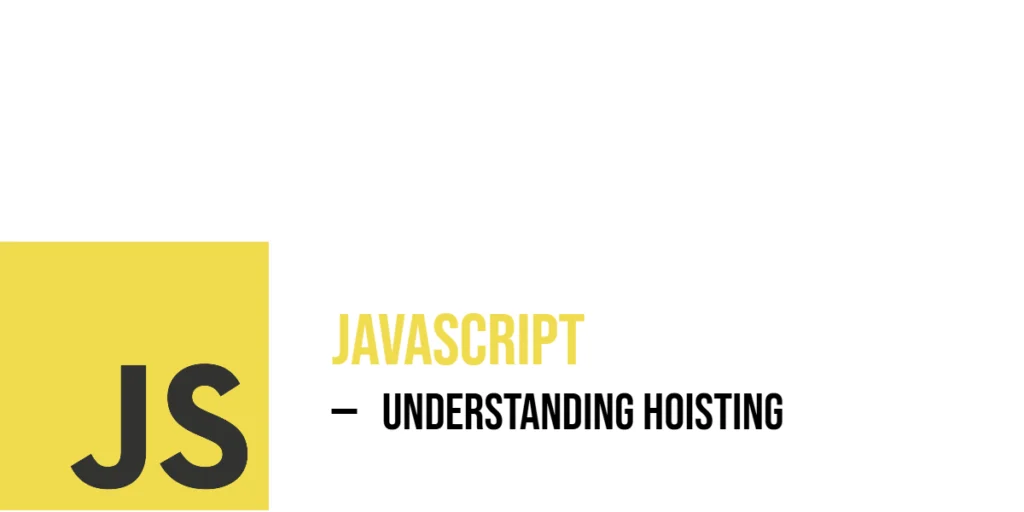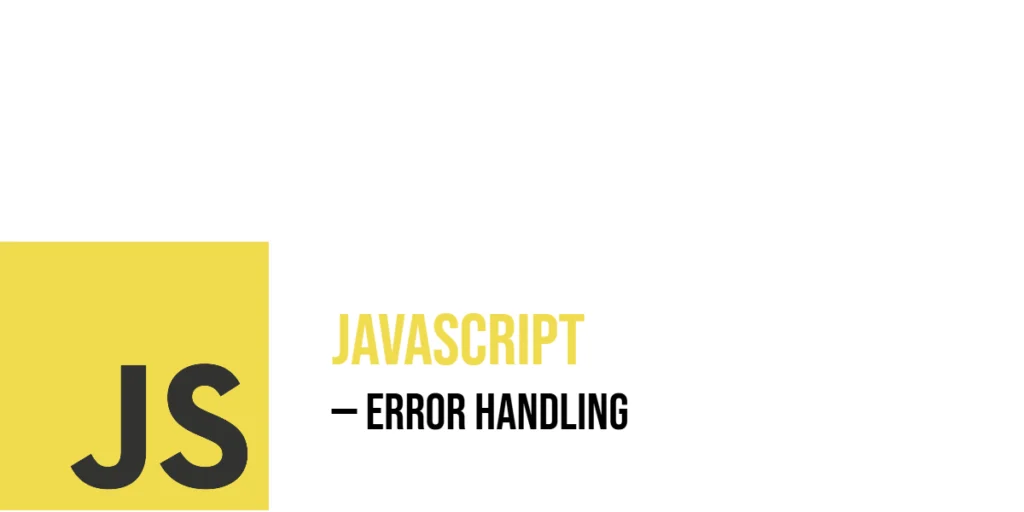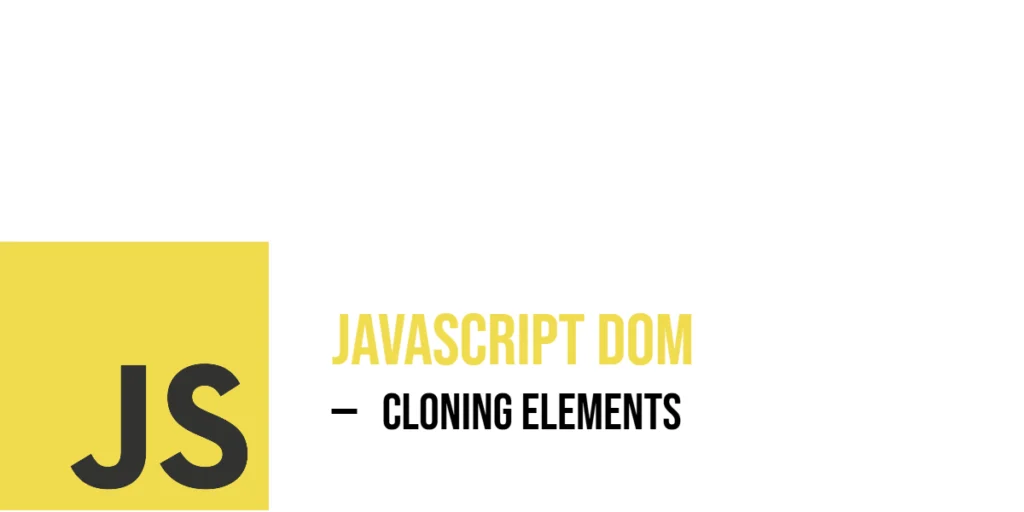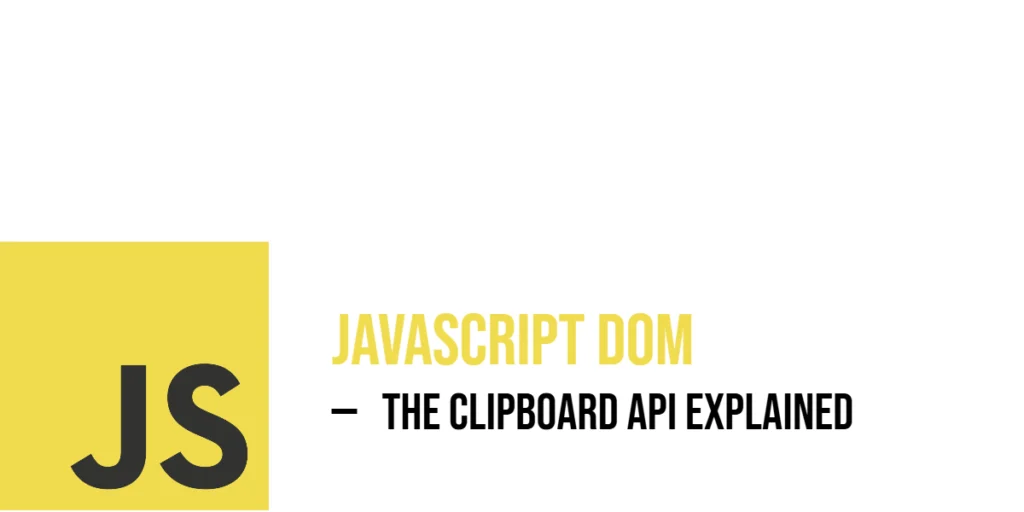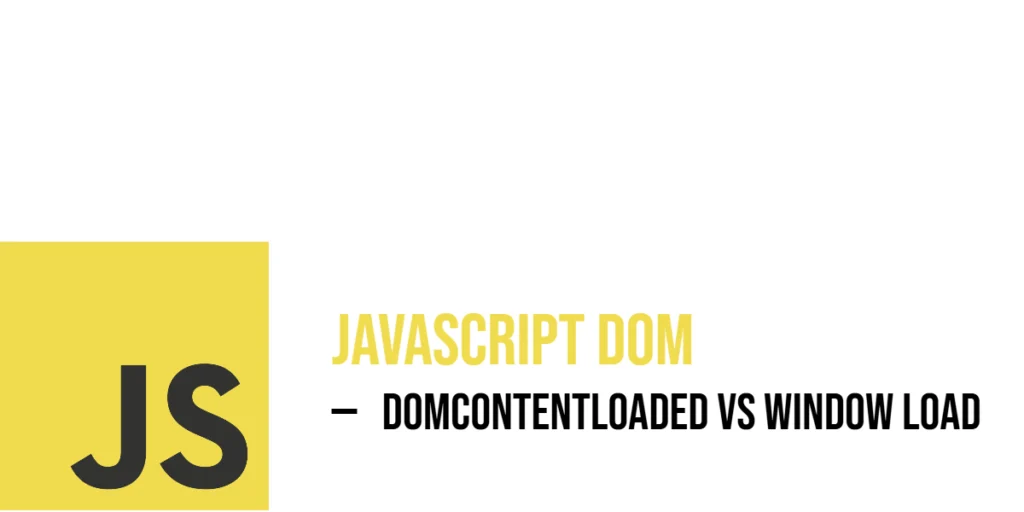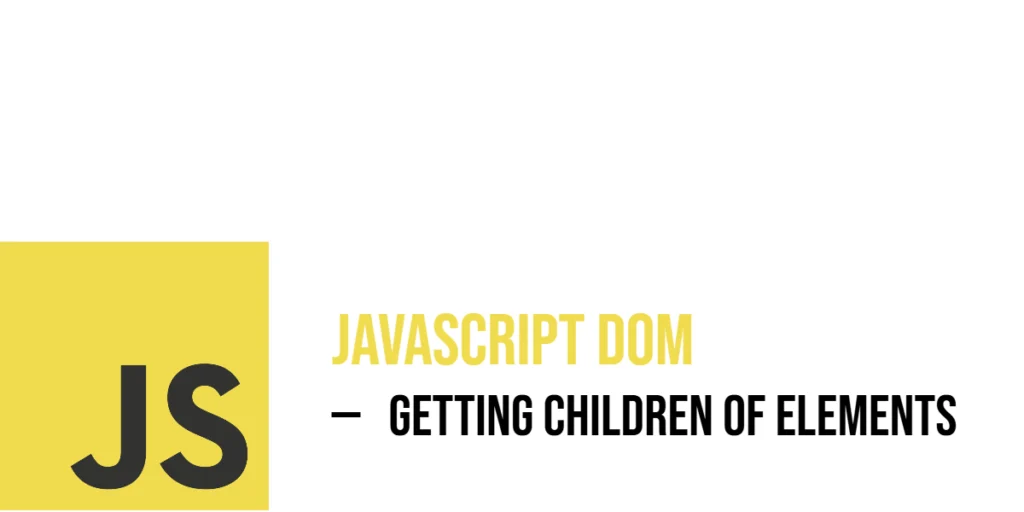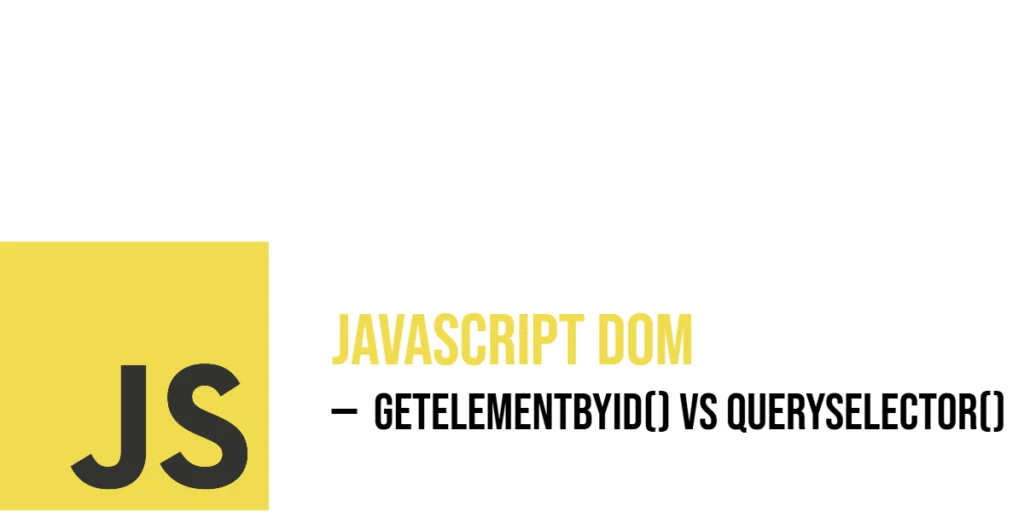JavaScript DOM: Event Listeners
JavaScript event listeners form the backbone of interactive web pages. They allow your scripts to detect and respond to user actions such as clicks, mouse movements, and keyboard presses. Without event listeners, web pages would be static and lifeless, unable to react to the dynamic nature of user behavior. At its core, an event listener […]
JavaScript DOM: Event Listeners Read More »
